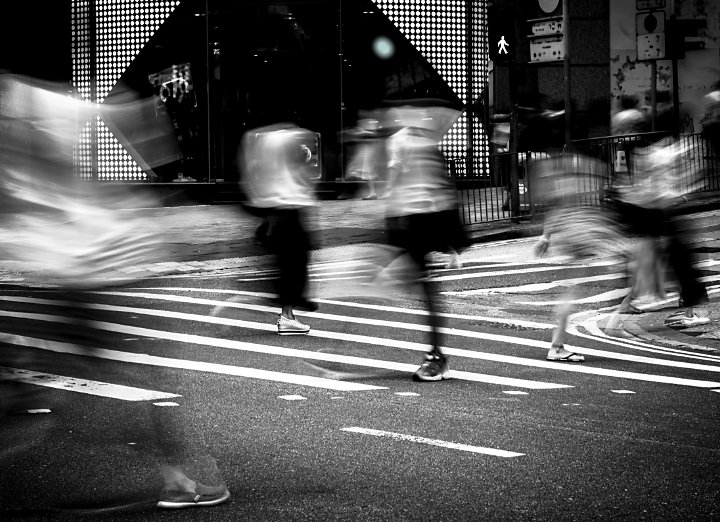Unknown Facts About Framing Streets
Table of ContentsRumored Buzz on Framing StreetsSome Known Facts About Framing Streets.Rumored Buzz on Framing StreetsA Biased View of Framing StreetsThe Facts About Framing Streets RevealedMore About Framing Streets
, generally with the goal of catching photos at a definitive or poignant minute by mindful framework and timing. https://fl-miami.cataloxy.us/firms/framingstreets.com.htm.
How Framing Streets can Save You Time, Stress, and Money.
Susan Sontag, 1977 Road photography can focus on individuals and their habits in public. In this regard, the street photographer is comparable to social documentary photographers or photographers who also work in public places, yet with the purpose of capturing relevant occasions. Any one of these professional photographers' photos might capture people and property noticeable within or from public locations, which usually involves navigating honest concerns and regulations of privacy, safety and security, and residential or commercial property.
Depictions of everyday public life develop a category in almost every duration of world art, beginning in the pre-historic, Sumerian, Egyptian and early Buddhist art durations. Art handling the life of the road, whether within views of cityscapes, or as the dominant concept, appears in the West in the canon of the Northern Renaissance, Baroque, Rococo, of Romanticism, Realistic look, Impressionism and Post-Impressionism.
What Does Framing Streets Do?
Louis Daguerre: "Boulevard du Temple" (1838 or 1839) In 1838 or 1839 the initial photo of numbers in the road was videotaped by Louis-Jacques-Mand Daguerre in one of a pair of daguerreotype views drawn from his studio window of the Blvd du Holy place in Paris. The 2nd, made at the elevation of the day, reveals an uninhabited stretch of road, while the other was taken at about 8:00 am, and as Beaumont Newhall reports, "The Blvd, so constantly loaded with a moving throng of pedestrians and carriages was perfectly singular, other than a person who was having his boots cleaned.
, that was inspired to take on a comparable documents of New York City. As the city developed, Atget helped to promote Parisian roads as a worthwhile topic for digital photography.

The Framing Streets PDFs
Martin is the very first videotaped digital photographer to do so in London with a masked cam. Mass-Observation was a social research organisation established in 1937 which aimed to tape daily life in Britain and to videotape the reactions of the 'man-in-the-street' to King Edward VIII's abdication in 1936 to wed divorce Wallis Simpson, and the sequence of George VI. The principal Mass-Observationists were anthropologist Tom Harrisson in Bolton and poet Charles Madge in London, and their first record was generated as the book "May the Twelfth: Mass-Observation Day-Surveys 1937 by over two hundred onlookers" [] Window cleaner at Kottbusser Tor, Berlin, by Elsa Thiemann c. 1946 The post-war French Humanist College digital photographers located their subjects on the road or in the restaurant. In between 1946 and 1957 Le Groupe des XV yearly displayed work of this kind. Andre Kertesz. Circus, Budapest, 19 May 1920 Road photography formed the significant web content of 2 events at the Museum of Modern Art (Mo, MA) in New York curated by Edward Steichen, 5 French Photographers: Brassai; Cartier-Bresson, Doisneau, Ronis, Izis in 1951 to 1952, and Post-war European Digital Photography in 1953, which exported the principle of road photography internationally.

Excitement About Framing Streets
The recording maker was 'a concealed cam', a 35 mm Contax hidden beneath his coat, that was 'strapped to the chest and connected to a long cord strung down the ideal sleeve'. Nonetheless, his job had little modern influence as because of Evans' level of sensitivities concerning the creativity of his project and the privacy of his subjects, it was not released up until 1966, in guide Lots of Are Called, with an introduction written by James Agee in 1940.
Helen Levitt, after that a teacher of young youngsters, connected with Evans in 193839. She documented the transitory chalk illustrations - Lightroom presets that belonged to youngsters's street society in New York at the time, in addition to the children visit this page that made them. In July 1939, Mo, MA's brand-new photography section included Levitt's operate in its inaugural exhibitRobert Frank's 1958 publication,, was substantial; raw and often indistinct, Frank's images examined conventional digital photography of the time, "tested all the formal rules set by Henri Cartier-Bresson and Walker Evans" and "contradicted the wholesome pictorialism and sincere photojournalism of American publications like LIFE and Time".